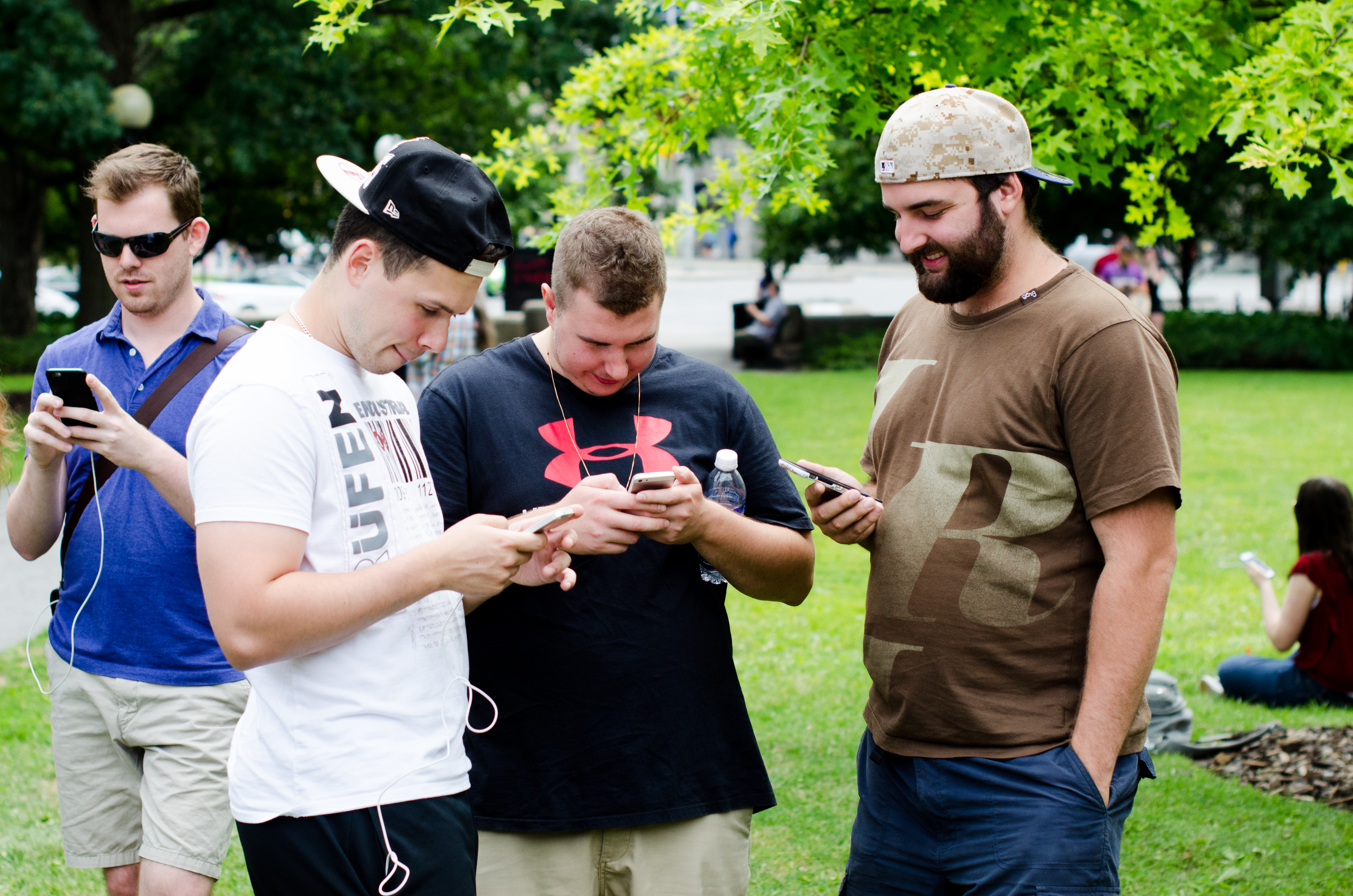The free-to-play smartphone app Pokemon Go continues to create a buzz in Canada after it was released in the country on July 17.
The game uses a combination of Global Positioning System (GPS) mapping and augmented reality to give players the sense that they are searching for Pokémon in the real world, which has led to both excitement among fans of the series and backlash from the public.
A meet-up for the game on July 19 in Confederation Park attracted hundreds of people of all ages, including Ottawa Mayor Jim Watson.
“[The game] obviously is popular among young people and it draws people in like a magnet,” Watson told the Ottawa Citizen.
The game features “PokeStops,” which are real world landmarks where players can stock up on in-game items. Watson said he learned the fountain in Confederation Park was actually called the “Colonel By Fountain,” thanks to the app.
BBC reported the game had been downloaded an estimated 20 to 30 million times worldwide, as of July 24.
Aubrey Anable, a Carleton University film studies professor who researches the history of video games, said in an email that while the number of Pokemon Go downloads is impressive, “it’s still a very small percentage of the overall populations of the U.S. and Canada.”
She said media coverage has given the impression that much more people are playing Pokemon Go than most think.
Gabrielle Trépanier-Jobin, a professor of game studies at the Université du Québec à Montréal (UQAM), said in an email that public spaces and universities will need to adapt to groups of people scouting for virtual creatures with their phones.
“Players will also have to learn how to play respectfully and safely, just like we learned how to use our cellphone or how to text safely,” she said.
A number of safety and legal concerns have cropped up as a result of players being too distracted while playing the game.
Two Alberta teenagers were busy playing Pokemon Go, only to realize they had illegally crossed into the United States. Authorities briefly detained the pair and released them back to their mother, CBC reported.
The Toronto Transit Commission also expressed concern after a player shot a video of himself walking on train tracks at Union Station playing the game.
However, many people have heralded the game as an incentive for physical activity and a useful method of social interaction.
Fourth-year Carleton English student Sophie Wagar said she thinks it’s “really awesome to see people of all ages connecting” over Pokemon Go.
Ottawa’s Canadian Museum of Nature is taking advantage of the game by hosting an in-game “lure party” to attract visitors to the building during slow summer months, according to CBC. The museum is also documenting the species of Pokemon in the building by writing them down on a whiteboard in the main atrium, in an effort to engage visitors.
Some people are still skeptical of the game, including Stenley Philippe, a telecounselling supervisor at Carleton.
“It’s kind of pathetic to see a bunch of kids running around glued to their phones,” Philippe said.
Mia Consalvo, a professor of game studies and design at Concordia University, said it’s uncertain how long the Poke-trend will last.
“When the Nintendo Wii was released, people said lots of the same things [such as] ‘I’m so up and active now playing Wii sports,’” she said. “For apps, it’s hard to say over time how many people will stay consistent.”






